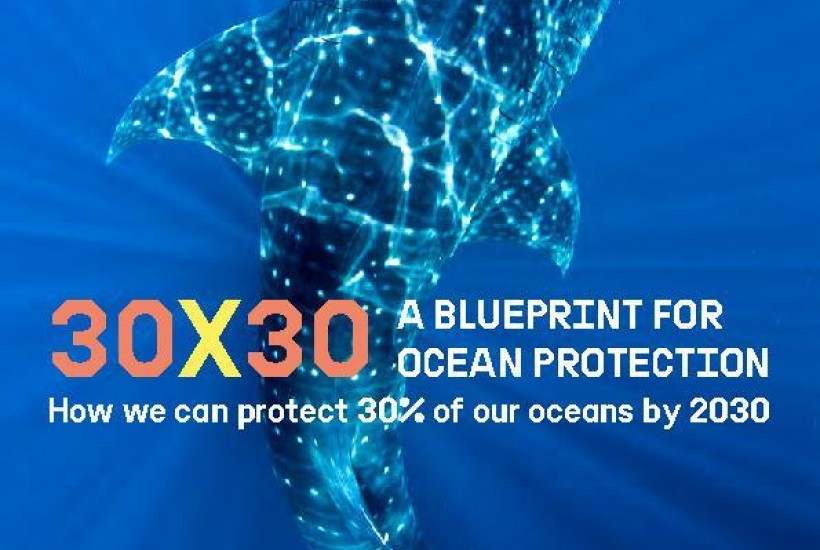
A scientific report released today has mapped out how to protect over a third of the worlds oceans in the next ten years a target scientists say is crucial in order to safeguard wildlife and mitigate the impacts of climate change.
As governments meet at the UN this week to negotiate towards an historic Global Ocean Treaty, the report shows how this ambitious target could be achieved, through a network of ocean sanctuaries across the planet.
The report, titled 30×30: A Blueprint for Ocean Protection, is the result of a year-long collaboration between leading academics at the University of York, University of Oxford, and Greenpeace.
Greenpeace New Zealand oceans campaigner, Jessica Desmond, says as an island nation with the fourth largest EEZ on the planet, its vital New Zealand gets behind the Global Ocean Treaty.
"The strongest possible Global Oceans Treaty would include a global body to designate, monitor and implement marine sanctuaries internationally," she says.
"As yet the New Zealand delegation has not fully committed to this approach, but if we leave it up to regional bodies to do this we will get the haphazard status-quo of oceans protection, which has failed so far."
The historic report explains how healthy global oceans, full of marine life and able to perform their vital climate regulation role, benefit all life on Earth, including coastal communities everywhere.
In one of the largest ever studies of its kind, researchers broke down the global oceans which cover almost half the planet into 25,000 squares of 100×100 kilometres, and mapped the distribution of 458 different conservation features, including wildlife, habitats and key oceanographic features, generating hundreds of scenarios for what a planet-wide network of ocean sanctuaries, free from harmful human activity, could look like.
Professor Callum Roberts, a marine conservation biologist at the University of York and one of the reports authors, says the speed at which the high seas have been depleted of some of their most spectacular and iconic wildlife has taken the world by surprise.
"Extraordinary losses of seabirds, turtles, sharks and marine mammals reveal a broken governance system that governments at the United Nations must urgently fix," he says.
"This report shows how protected areas could be rolled out across international waters to create a net of protection that will help save species from extinction and help them survive in our fast-changing world."
Negotiations at the UN towards a Global Ocean Treaty could pave the way for the protection of oceans outside of national borders, that cover 230 million square kilometres. This research explores what it would mean to fully protect 30% and 50% of the global oceans, both widely discussed ambitions for conservation targets.
Various scenarios for protection, as well as wildlife hotspots and threats to the ocean, can be explored using this interactive map.
Please login to Comment